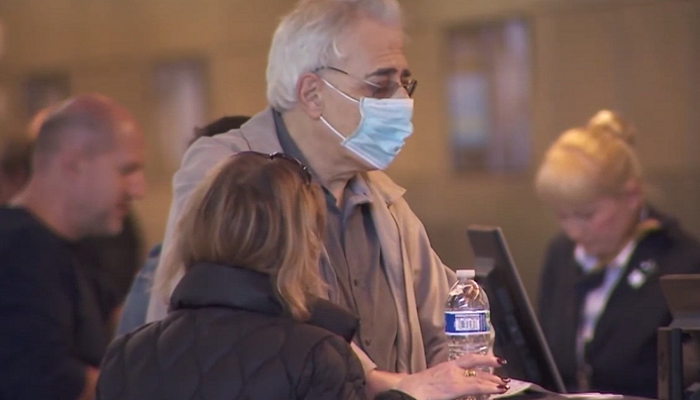Hospitals across Canada have been preparing for more COVID-19 cases as the country’s count continues to climb.
The virus spreads by respiratory droplets of an infected person to others with whom they have close contact such as people who live in the same household or provide care.
People who have been diagnosed with the virus, also known as coronavirus, or who have been in direct contact with someone who has are being advised to go into self-isolation. Those who have had indirect exposure are being asked to self-monitor.
Public Health Ontario has released guidelines for how to self-isolate and self-monitor for COVID-19.
HOW TO SELF-MONITOR
Monitor for the following systems for 14 days after exposure.
- Fever above 38 C
- Cough
- Difficulty breathing
Avoid crowded public spaces and places where you cannot easily separate yourself from others if you become ill.
What to do if you develop these or any other symptoms?
Self-isolate immediately and contact your public health unit and your health care provider.
HOW TO SELF-ISOLATE
Stay home
- Do not use public transportation, taxis or rideshares.
- Do not go to work, school or other public places.
- Your health care provider or public health unit will tell you when it is safe to leave.
Limit the number of visitors in your home
- Only have visitors who you must see and keep the visits short.
- Keep away from seniors and people with chronic medical conditions (e.g. diabetes, lung problems, immune deficiency).
Avoid contact with others
- Stay in a separate room away from other people in your home as much as possible and use a separate bathroom if you have one.
- Make sure that shared rooms have good airflow (e.g. open windows).
Keep distance
- If you are in a room with other people, keep a distance of at least two metres and wear a mask that covers your nose and mouth.
- If you cannot wear a mask, people should wear a mask when they are in the same room as you.
Cover your coughs and sneezes
- Cover your mouth and nose with a tissue when you cough or sneeze.
- Cough or sneeze into your upper sleeve or elbow, not your hand.
- Throw used tissues in a lined wastebasket, and wash your hands. Lining the wastebasket with a plastic bag makes waste disposal easier and safer.
- After emptying the wastebasket wash your hands.
Wash your hands
- Wash your hands often with soap and water.
- Dry your hands with a paper towel, or with your own cloth towel that no one else shares.
- Use an alcohol-based hand sanitizer if soap and water are not available.
Wear a mask over your nose and mouth
- Wear a mask if you must leave your house to see a health care provider.
- Wear a mask when you are within two metres of other people.
If you have questions, or you start to feel worse, contact your health care provider, Telehealth at 1-877-797-0000 or your local public health unit or visit the public health Ontario website.


